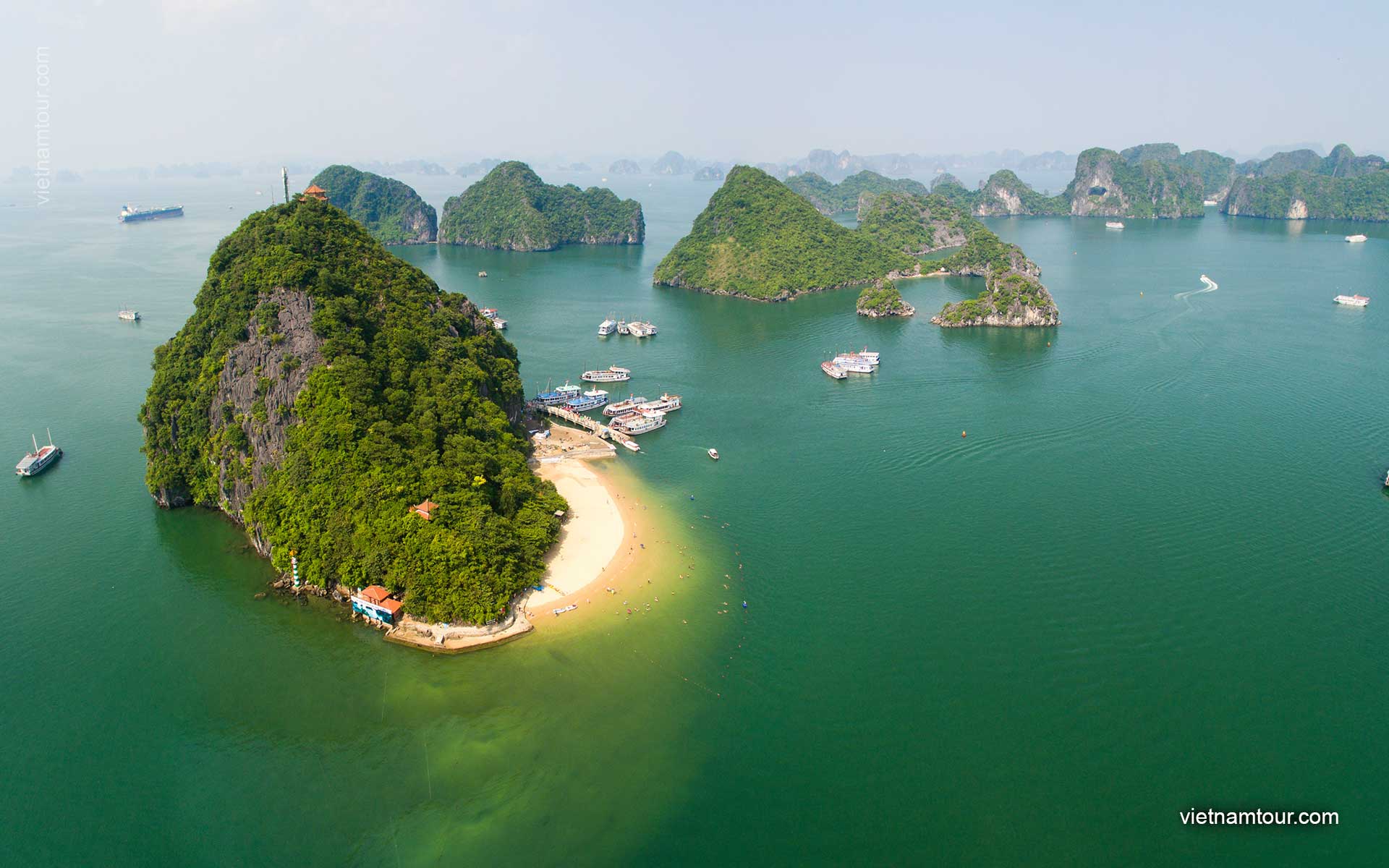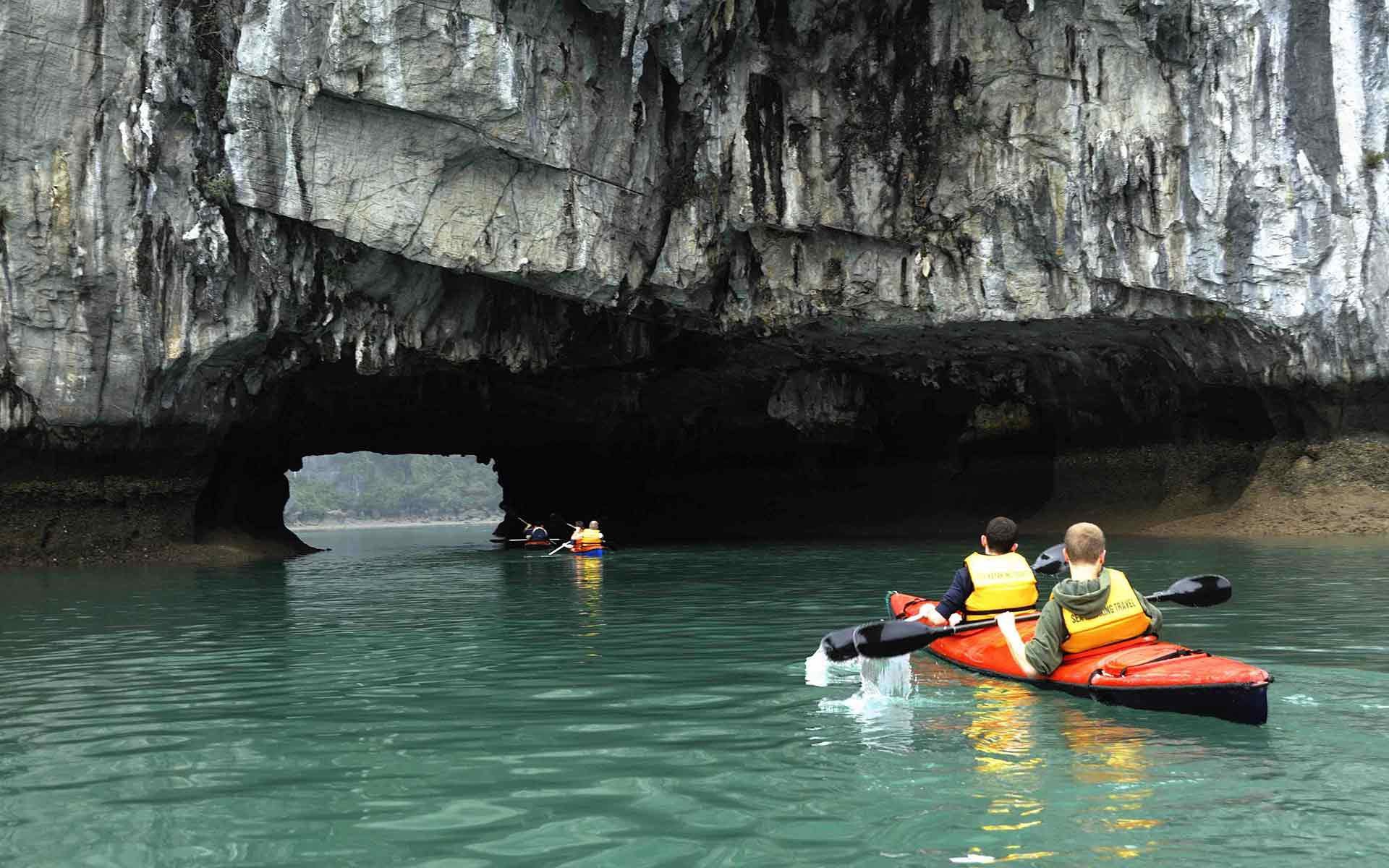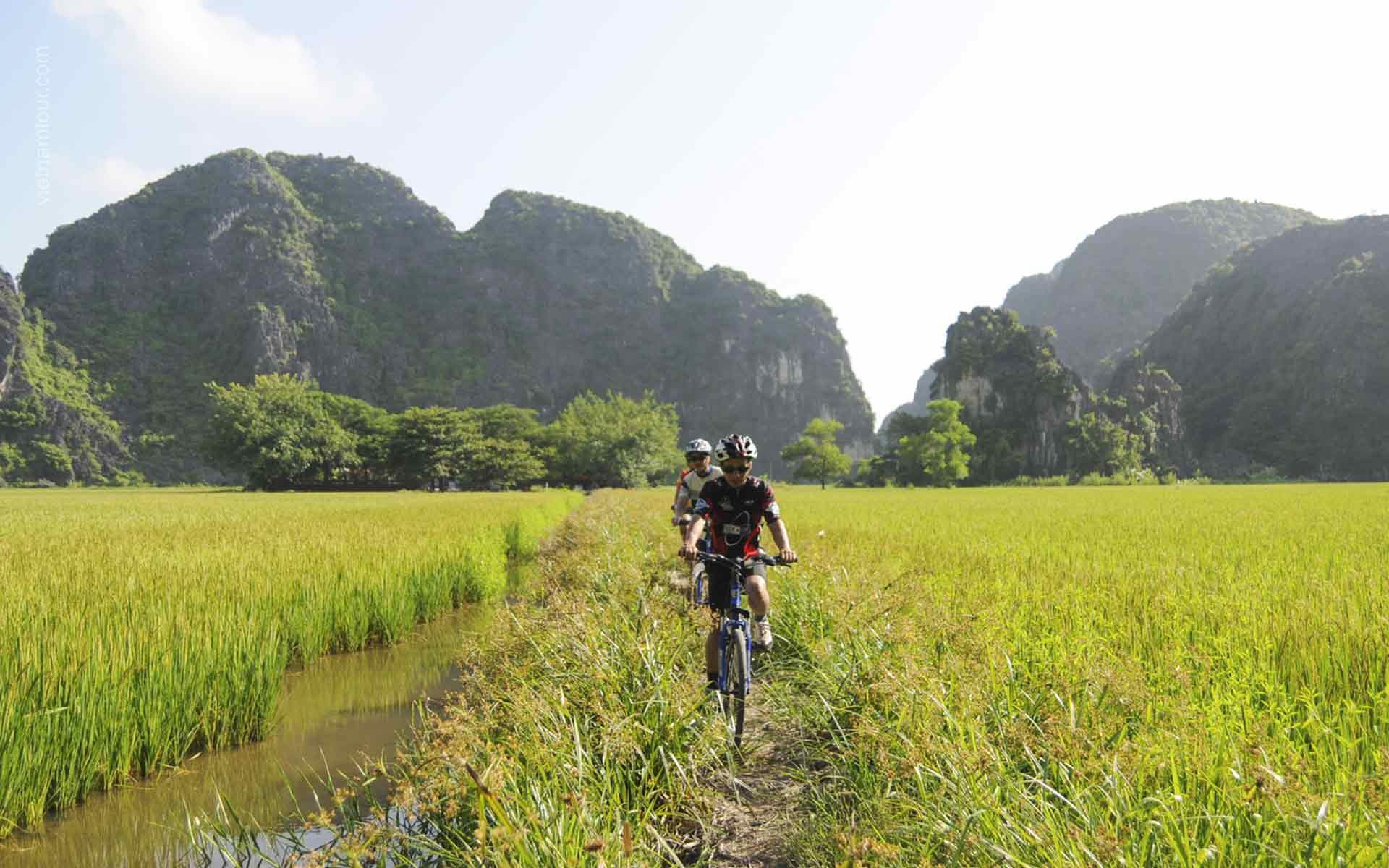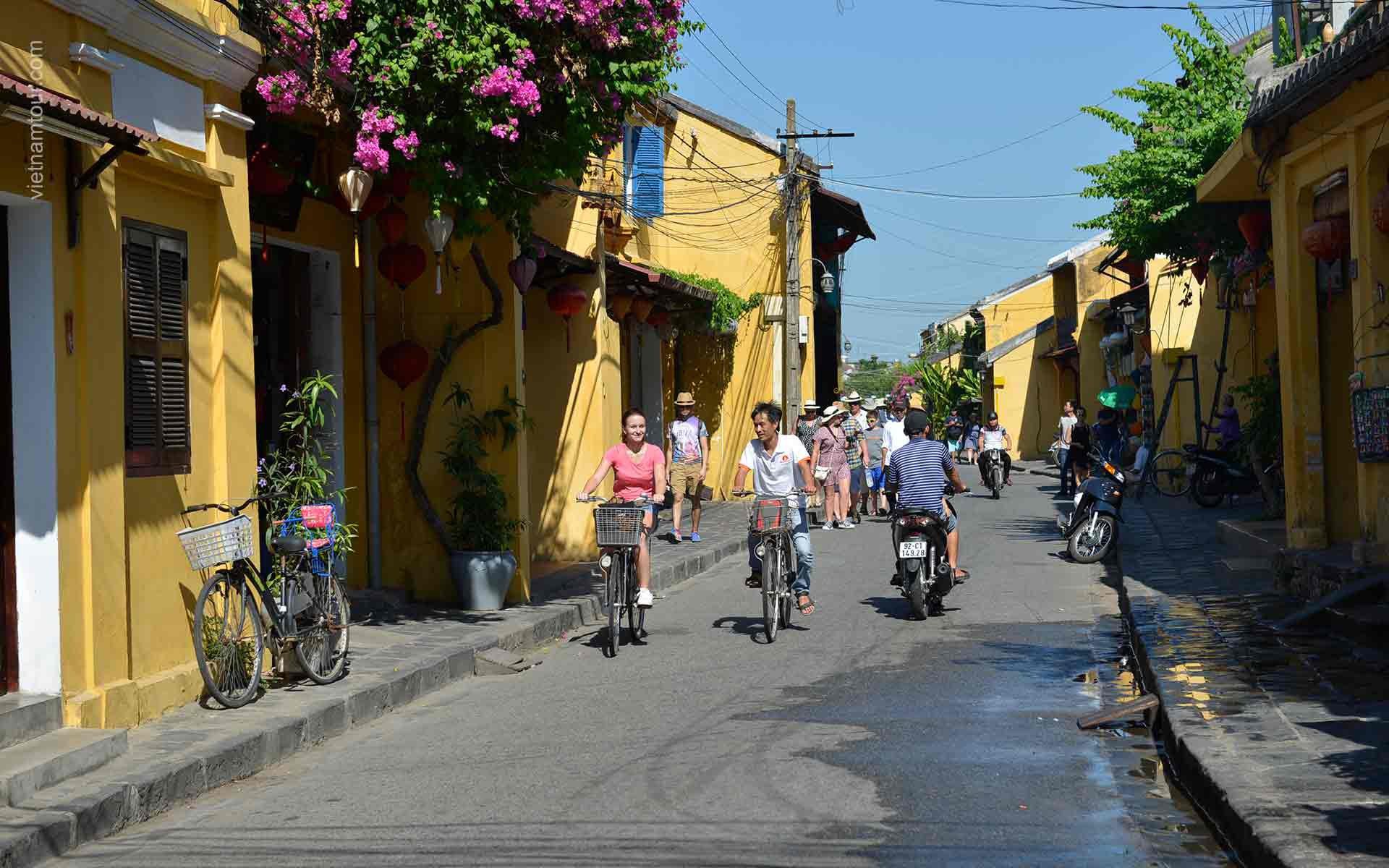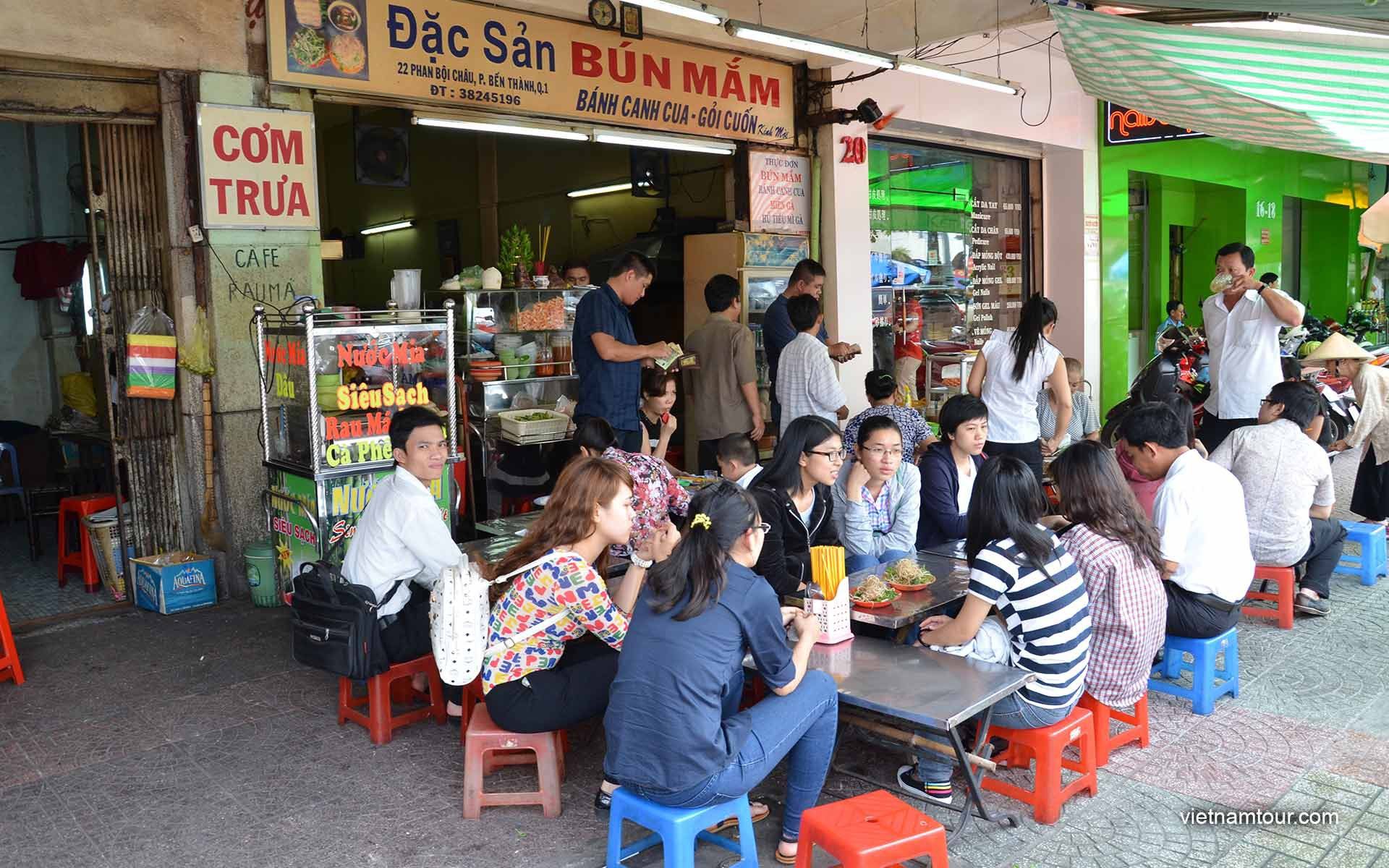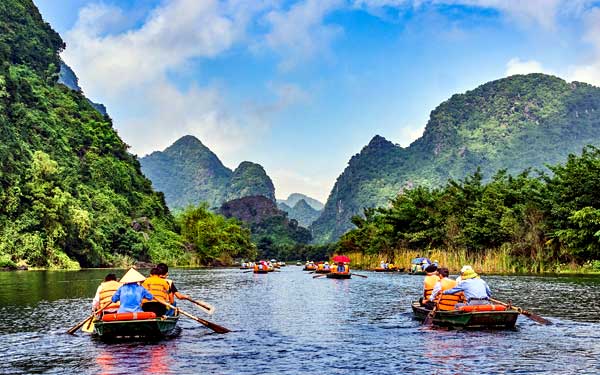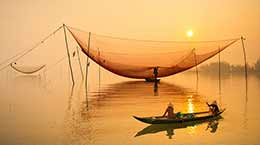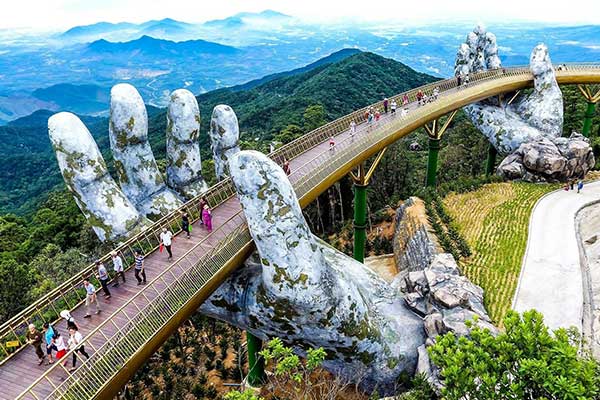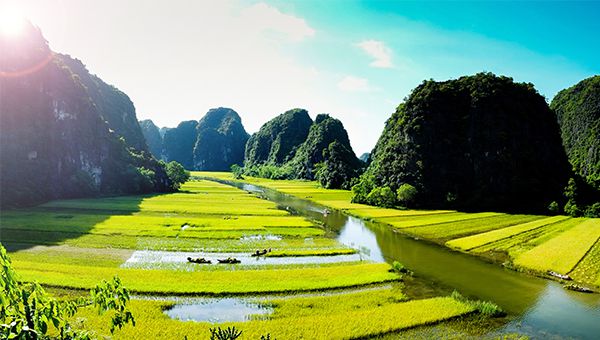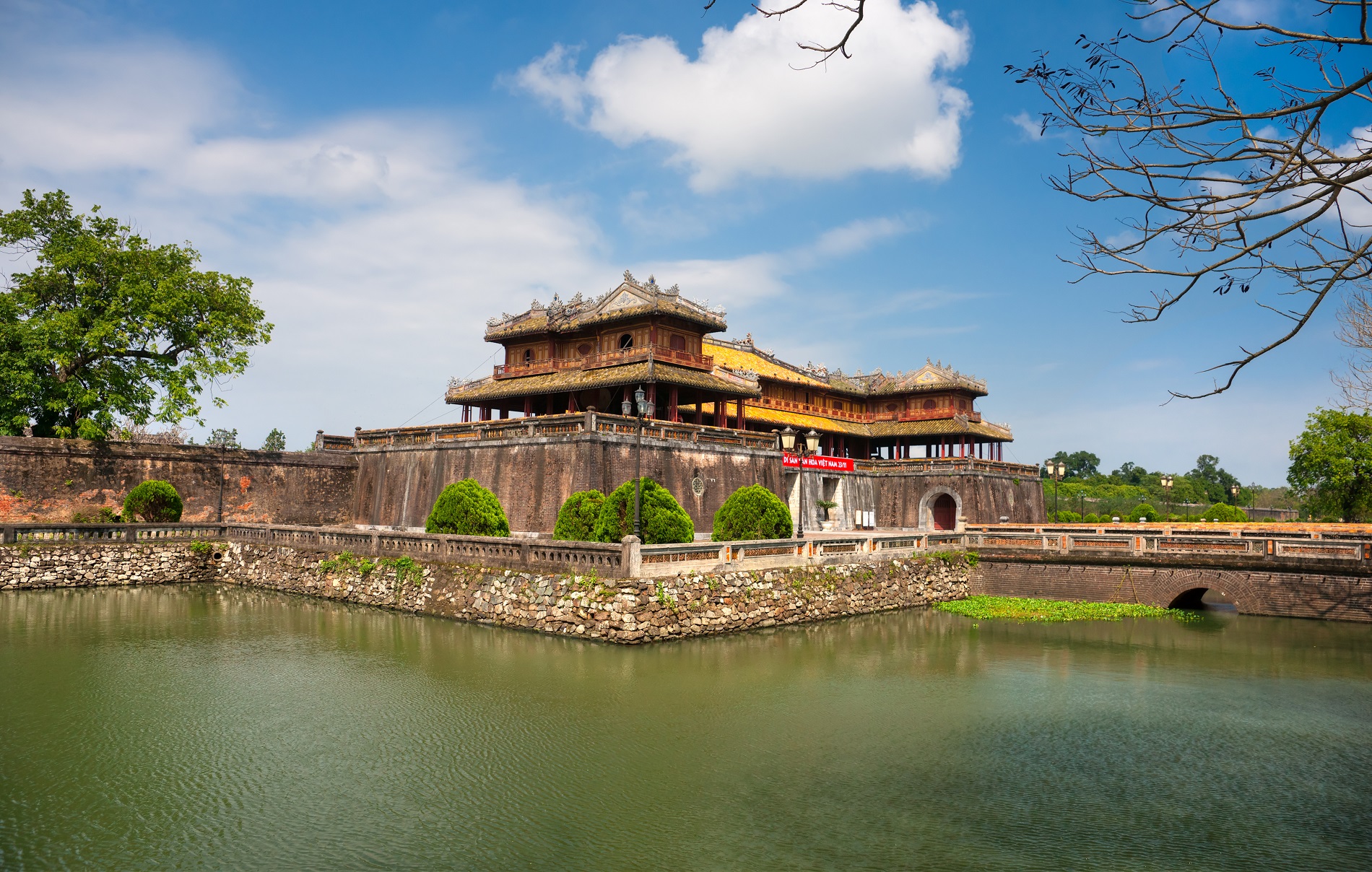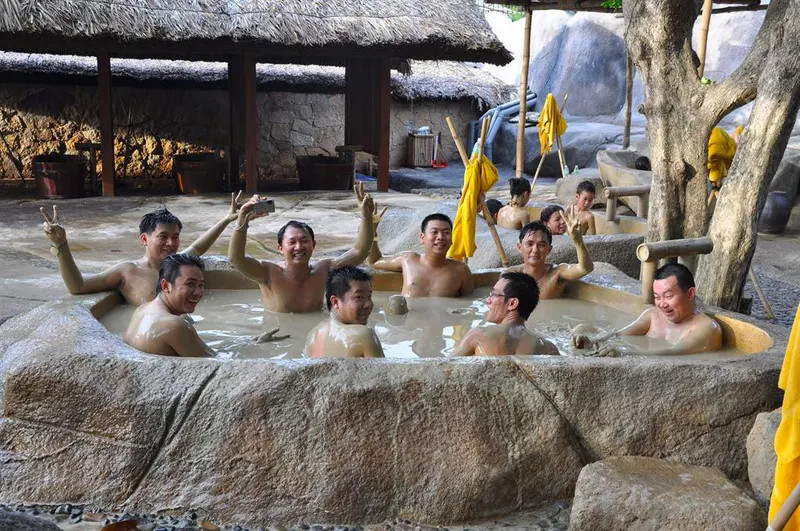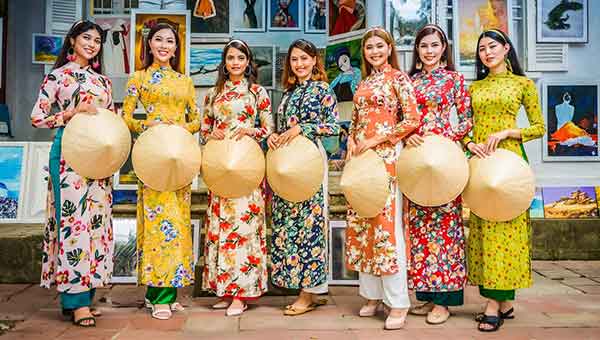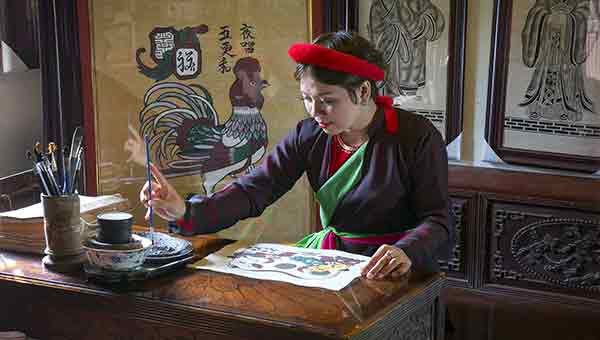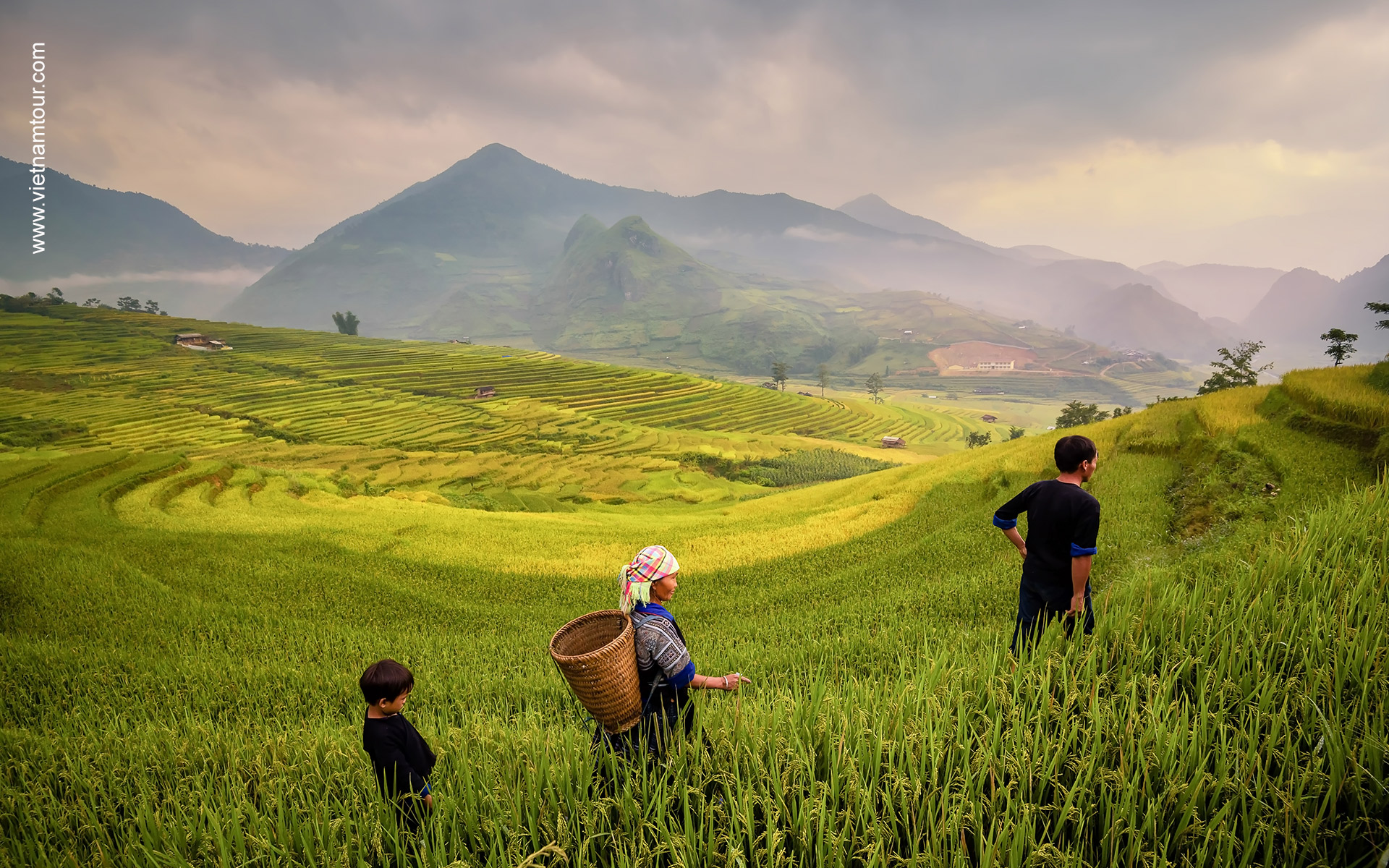
What Is the Tourist Season in Vietnam?
As an expert working in the tourism industry in Vietnam, I often get asked about the best time to visit this amazing country. The answer is not simple, as it depends on many factors, such as your preferences, expectations, and itinerary. However, one way to look at it is to consider the tourist season in Vietnam, which is divided into two distinct seasons: peak season and low season. Here are some of the main characteristics and influences of each season:
Vietnam peak season
The peak season in Vietnam for international tourists lasts from October to April. This is also the best time to visit Vietnam when the climate in all regions is so great and suitable for most tourist activities. The weather is generally dry and sunny, with moderate temperatures and low humidity. However, there may be some variations depending on the region and month you visit. For example, the north can be quite cold and foggy in December and January, while the south can be very hot and humid in March and April.
The peak season is also influenced by culture, lifestyle, weather, and festivals. Many tourists choose to visit Vietnam during this time because they want to experience the festive atmosphere of some of the most important holidays and events in Vietnam, such as Christmas, New Year, Lunar New Year (Tet), and Reunification Day. These occasions are celebrated with colorful decorations, lively performances, traditional customs, and delicious food. However, they also mean that the tourist attractions, transportation, and accommodation are very crowded and expensive. You may need to book well in advance and pay higher prices for your trip.
High season in Vietnam, across the entire country for travelers tends to be between October and April. If you’re moving throughout all three regions of the country, you’ll have reasonable weather in all regions during these months. In high season, all services are available in good conditions, ready to serve customers. Besides, in order to raise demand of traveling by plane, the airlines offer promotion programs for international flights at cheap price.
In high season, the north is cool and dry. You should travel to Sapa, Ninh Binh, Ha Giang, Moc Chau to admire the beautiful landscape of the mountainous areas as well as get to know the ethnic minorities’ culture. Besides, the north offers you Halong Bay – a UNESCO World Heritage Site, with thousands of limestone karsts and isles in various shapes and sizes.
Both Central and South of Vietnam at this season are hot and dry. In the Central you can visit the imperial city of Hue, Da Nang, Hoi An, Nha Trang, Da Lat. From the South, the beach paradises in Mui Ne, Phu Quoc, Con Dao are amazed you. Moreover, floating through the Mekong Delta is also very interesting.
The benefit of travelling in high season in Vietnam is that you have a much higher chance of the weather cooperating with your plans. However, the downside is that as the number of travelers rise during this time let to fewer choice for available services, crowded tourist destinations, and prices will rise also.
Vietnam low season
The low season in Vietnam for international tourists lasts from May to September. This is also the most challenging time to visit Vietnam when the climate in all regions is so unpredictable and unfavorable for some tourist activities. The weather is generally wet and cloudy, with high temperatures and humidity. However, there may be some variations depending on the region and month you visit. For example, the central coast can be sunny and dry from June to August, while the north can be pleasant and green from May to June.
The low season is also influenced by monsoon, typhoon, and budget. Many tourists avoid visiting Vietnam during this time because they fear the risks of heavy rain, flooding, landslides, and storms that can disrupt their travel plans and ruin their experiences. These natural disasters are more likely to occur from July to September, especially in the coastal and mountainous areas. However, they also mean that the tourist attractions, transportation, and accommodation are less crowded and cheaper. You may find some great deals and discounts for your trip.
The low season, as known as the summer, the rainy season in Vietnam. It is often treated as a time to avoid, but there are actually many reasons to consider travelling during the green months.
The flights, the hotels, and even many trip offers are simply cheaper due to low season, means less demand. Means you can experience the same, for less. The hotels will be rather empty, or at least not full, which triggers the promotions and better deals. Airlines offer better prices for domestic flights and if you decide to book well in advance, you can get the half price of the high season time. Not everything is cheaper, but since there will be less demand in general, the chances for promotions rise.
Not only your hotel will be more relaxed, but the beach, all tourist attractions, the airports, the streets, it will be less crowded, less noisy, and you will simply have more space for yourself. This is the ultimate value of traveling: being on your own. That’s why low season seems to be better for this particular reason.
During that time, Vietnam is hot, sunny, vibrant, green, rich with flavors, with amazing food, fresh fruits and cold beer available everywhere on the streets. The city of Sapa in the north is surrounded by green rice fields, you can swim or kayak in the waters of Halong Bay; this is what Vietnam is all about. Yes, it is hot, but this is why it makes is so amazing. And yet you are to stay in an air conditioned room in your hotel, so no sacrifices needed
Besides, you just need to carry basic clothes, flip flops and a camera. No need for the jackets, socks and all that stuff. Besides, everything you might need, such as cosmetics, toothbrush or memory card, you can buy it here. Traveling light also gives you more mobility.
Surprisingly, there can be snow in Vietnam. Ok, only in some parts in Northern Vietnam and it’s still not common, but it can be really cold and chilly during the winter time. However, summer suddenly makes this area comfortable to bear, with 26 degrees Celsius on average.
In actual fact, the raining season in Vietnam isn’t as rainy as you might think. For the most part, the rain comes in short, heavy downpours that clear up almost as soon as they have arrived – and the majority of the day is often perfectly clear and pleasant. In fact, the showers can even provide a bit of respite from the heat!
It’s not only cheaper, as mentioned above, but the quality of the services often raise up, as the best guides are available now. Overall, smaller number of visitors means hospitality sector will fight for you offering you better deals, best guides, best transportations, and many promotions.
How Does the Weather Vary by Region and Season in Vietnam?
I often get asked about the weather and climate in this fascinating country. The answer is not simple, as Vietnam has a complex and diverse climate that is influenced by two monsoons: the northeast monsoon and the southwest monsoon. These monsoons affect the rainfall and humidity of Vietnam, dividing the year into wet and dry seasons. However, the weather and temperature in Vietnam also differ between the north, central, and south regions, as well as depending on the altitude and terrain of each area. Here are some of the main differences and variations of the weather and seasons in Vietnam:
The North Region: Four Distinct Seasons with Cold Winters and Hot Summers
The north region of Vietnam includes Hanoi, Ha Long Bay, Sapa, Ninh Binh, and other popular destinations. This region has four distinct seasons: spring (February to April), summer (May to August), autumn (September to November), and winter (December to January). The winter is cold and dry, with temperatures ranging from 10°C to 20°C, and sometimes dropping below 10°C in the mountainous areas. The summer is hot and humid, with temperatures ranging from 25°C to 35°C, and sometimes exceeding 40°C in some places. The spring and autumn are mild and pleasant, with temperatures ranging from 15°C to 25°C, and less rainfall than the summer.
The weather in this region is affected by the northeast monsoon in winter and the southwest monsoon in summer. The northeast monsoon brings cold and dry air from China, while the southwest monsoon brings warm and moist air from the Indian Ocean. The weather can also vary depending on the altitude and terrain of each area. For example, Sapa is a highland town that has a cooler and more temperate climate than Hanoi, while Ha Long Bay is a coastal area that has a maritime climate with more fog and mist.
The Central Region: Two Seasons with Hot and Dry Weather Most of the Year
The central region of Vietnam includes Hue, Da Nang, Hoi An, Nha Trang, Da Lat, and other popular destinations. This region has two seasons: wet (September to December) and dry (January to August). The wet season is influenced by the northeast monsoon, which brings heavy rains and storms to the coastal areas, especially from October to November. The dry season is influenced by the southwest monsoon, which brings hot and dry weather to most of the region, especially from March to August. The temperature in this region is relatively high throughout the year, ranging from 20°C to 35°C, but it can also vary depending on the altitude and terrain of each area. For example, Da Lat is a highland city that has a cooler and more temperate climate than the coastal cities.
The South Region: Two Seasons with Warm and Humid Weather All Year Round
The south region of Vietnam includes Ho Chi Minh City, Mekong Delta, Phu Quoc Island, and other popular destinations. This region has two seasons: wet (May to October) and dry (November to April). The wet season is influenced by the southwest monsoon, which brings abundant rainfall and high humidity to the region. The dry season is influenced by the northeast monsoon, which brings less rainfall and lower humidity to the region. The temperature in this region is relatively stable throughout the year, ranging from 25°C to 35°C, but it can also vary depending on the location. For example, Phu Quoc Island has a tropical climate that is warmer and wetter than Ho Chi Minh City.
What Are the Pros and Cons of Visiting Vietnam in Each Season?
One of the most important things to consider is the season you want to visit. Vietnam has different weather patterns in different regions, so each season has its pros and cons. Here are some of the main advantages and disadvantages of visiting Vietnam in peak season and low season.
Peak season
The peak season for Vietnam falls between July and August for international tourists. This is also the best time to visit Vietnam if you love beach activities and sunny weather. The whole country, except the far north, is hot and humid, with temperatures ranging from 25°C to 40°C. You can enjoy swimming, surfing, diving, kayaking, or just relaxing on the sand at some of the most popular beaches in Vietnam, such as Phu Quoc, Nha Trang, Da Nang, Hoi An, or Mui Ne.
However, there are also some disadvantages of visiting Vietnam in peak season. First of all, you have to deal with crowds and high prices. July and August are the busiest months to visit Vietnam, with prices increasing by up to 50% by the coast; book hotels well in advance. You may also encounter traffic jams, long queues, and noisy environments at some of the tourist attractions. Second, you have to be prepared for summer monsoon downpours.
The peak season is also the rainy season in Vietnam, especially in the south and central regions. You may experience heavy rain, thunderstorms, floods, or even typhoons that can disrupt your travel plans or cause damage. Therefore, you should always check the weather forecast before you go and pack some rain gear.
Low season
The low season in Vietnam is from April to June and September to November for international tourists. This is the best time to explore the country without the crowds and with more favorable weather conditions. The low season falls on the transition period from winter to summer and summer to winter, offering unsettled weather that can provide glorious days of sunshine, but also days of rain. The average temperature is around 20°C to 30°C, which is comfortable for most activities.
One of the advantages of visiting Vietnam in low season is that you can enjoy discounts and flexibility. You can find cheaper flights, hotels, tours, and services during this time. You can also book your trip last minute or change your itinerary easily without worrying about availability or cancellation fees. Another advantage is that you can experience more cultural events and less touristy places.
The low season coincides with some of the major festivals in Vietnam, such as Tet (Vietnamese New Year), Reunification Day (April 30), International Labor Day (May 1), or Mid-Autumn Festival (September or October). You can witness the colorful celebrations, traditions, and customs of the Vietnamese people. You can also visit some of the less visited destinations in Vietnam, such as Sapa, Ha Giang, Phong Nha-Ke Bang National Park, or Hue, where you can admire the stunning natural scenery and rich cultural heritage.
However, there are also some disadvantages of visiting Vietnam in low season. One of them is that you may encounter rain and transportation issues. The low season is also the wet season in some parts of Vietnam, especially in the north and central regions. You may face rainy days, foggy mornings, or chilly nights that can affect your sightseeing or outdoor activities.
You may also have difficulty traveling by road or train due to landslides, floods, or delays. Therefore, you should always check the weather forecast before you go and pack some warm clothes and waterproof shoes.
| Feature | Peak Season (July-August) | Low Season (April-June & September-November) |
|---|---|---|
| Weather | Hot and humid (25°C - 40°C) | Unsettled with sunshine and rain (20°C - 30°C) |
| Beaches | Ideal for swimming, surfing, etc. | Less ideal due to potential rain |
| Crowds | High | Low |
| Prices | Most expensive (up to 50% increase) | More affordable |
| Activities | Focus on beach activities | More cultural events and exploring less-touristy destinations |
| Festivals | Limited | Tet, Reunification Day, Labor Day, Mid-Autumn Festival |
| Drawbacks | Crowds, high prices, potential summer monsoons | Rain, potential transportation issues, less ideal for beaches |
How to Choose the Best Time to Visit Vietnam Based on Your Preferences?
Are you dreaming of visiting Vietnam, a captivating country with diverse attractions and experiences? As an expert in the tourism industry in Vietnam, I can help you plan your trip based on your interests and preferences. Here are some tips on how to choose the best time to visit Vietnam and what to do in each season and region.
- If you love beaches, go during the dry season (November to April) and enjoy the sunny weather and clear water in places like Phu Quoc Island, Nha Trang, Mui Ne (Phan Thiet) or Da Nang.
- If you love culture, go during the spring or autumn festivals (January to February or August to October) and immerse yourself in the traditional celebrations and customs in places like Hanoi, Hue, or Hoi An.
- If you love nature, go during the shoulder seasons (May to June or September to October) and witness the stunning scenery and wildlife in places like Halong Bay, Sapa, or Ha Giang, Ninh Binh, Mekong Delta.
- If you love adventure, go during the rainy season (May to October) and challenge yourself with activities like trekking, kayaking, or rafting in places like Sapa, Ha Giang, or Halong Bay, Quang Binh.
No matter when or where you go, here are some tips on how to prepare for your trip:
- Do your research: Learn about the different regions of Vietnam and what they offer in each season. This will help you plan your itinerary and make the most of your time.
- Pack accordingly: The weather in Vietnam can vary depending on the region and the season. Pack clothes that are suitable for the climate, as well as other essentials like sunscreen, hat, shoes, and insect repellent.
- Book in advance: Especially if you travel during the peak season, book your accommodation and activities in advance. This will help you avoid disappointment and get the best deals.
- Get a visa: Unless you are a citizen of Vietnam, you will need a visa to enter the country. You can apply for a visa online or at a Vietnamese embassy or consulate.
- Get travel insurance: Travel insurance is a good idea for any trip, but especially for trips to Vietnam. This will protect you in case of any medical emergencies or other unforeseen events.
After all, choosing which season to travel is up to you because each season has their pros and cons. As long as you are ready to go, there are plenty of things from north to south for you to discover. Let Vietnam Tour help you to get the best time to visit Vietnam that match your budget and conditions. We – Vietnam Tour organizes private tours to Vietnam and visitors escorted by our professional guides will get chance to explore many interesting places. Ask travel questions, get travel help related to high or low season to travel and adventures, please feel free to contact Vietnam Tour's tour planners today.
Other FAQs
- Vietnam Holiday from South Africa
- Halong Bay Tours - How to plan your trip?
- How much is a tourist visa to Vietnam from Australia?
- Travel to Vietnam from Israel
- Travel to Vietnam from Portugal
- Things to do in Hue
- How long can I stay in Vietnam on a tourist visa?
- How long does it take to get a visa to visit Vietnam?
- Do I need a visa to visit Vietnam from UK?
- Vietnam Tour Packages from Finland
